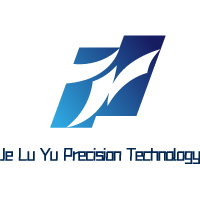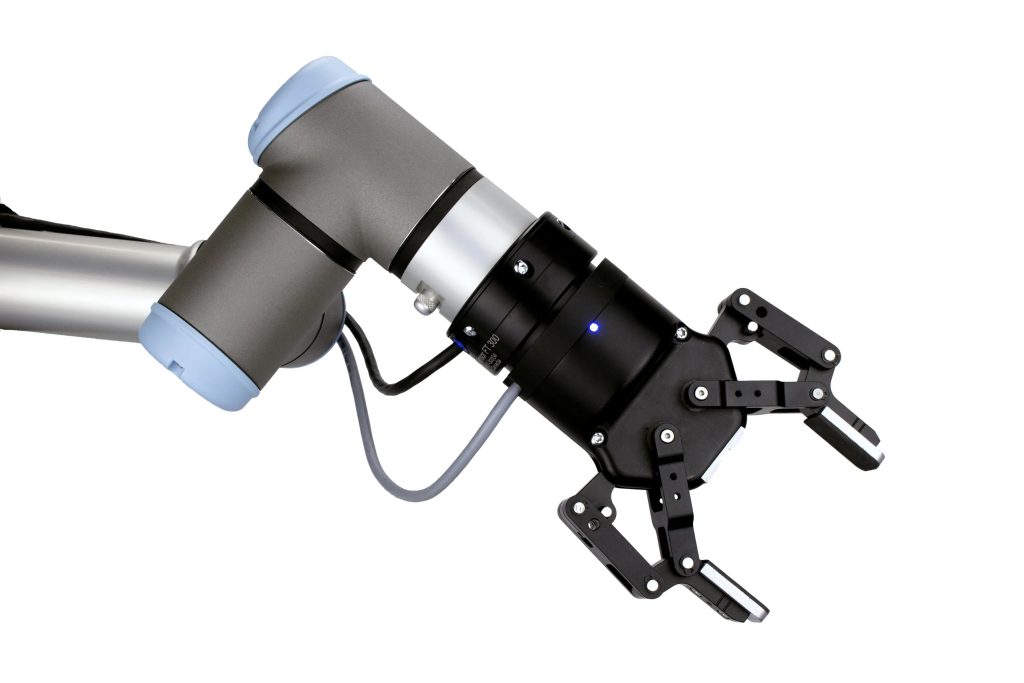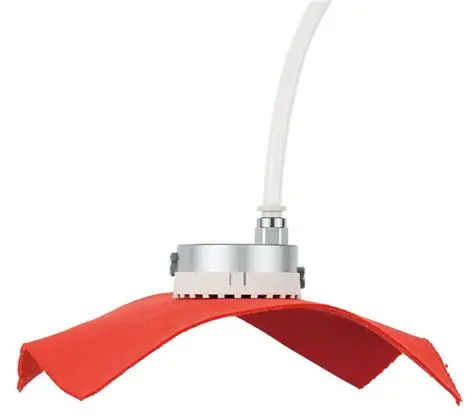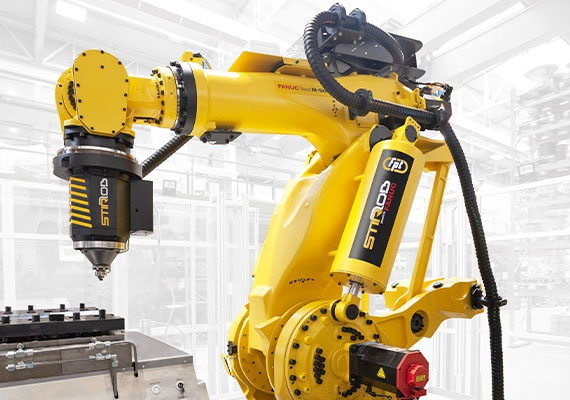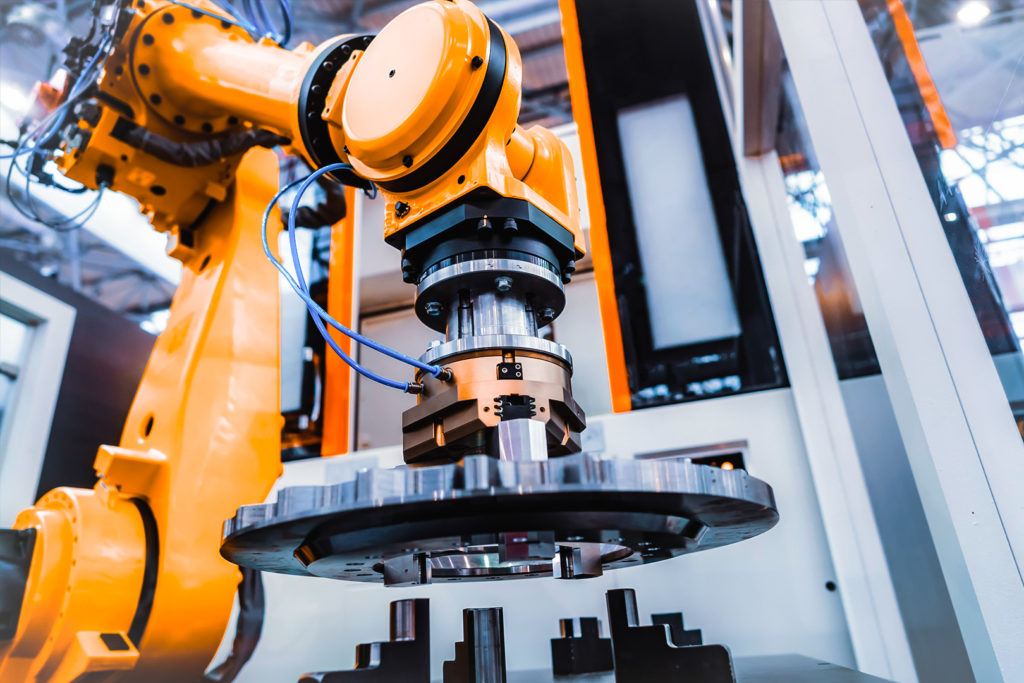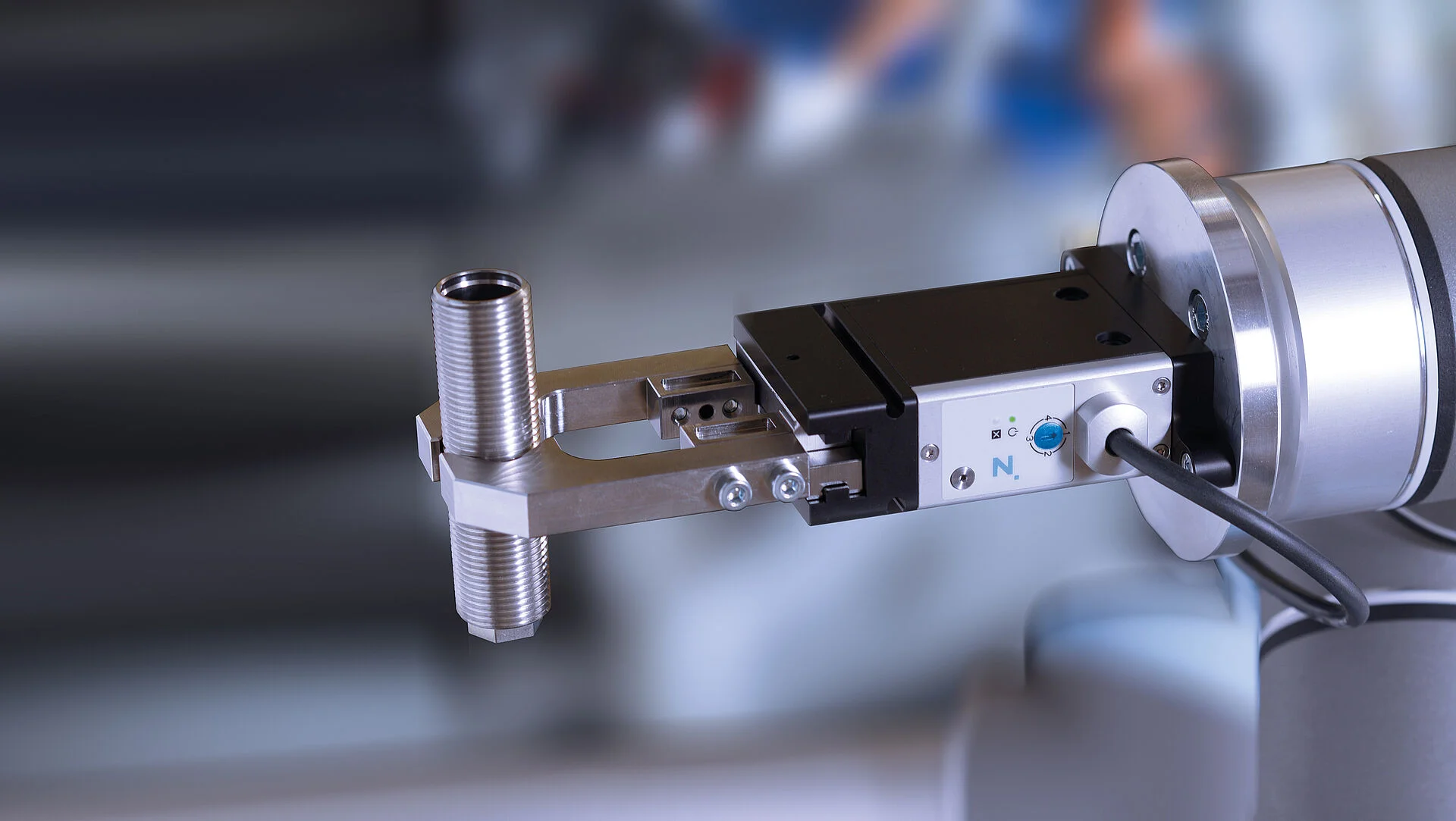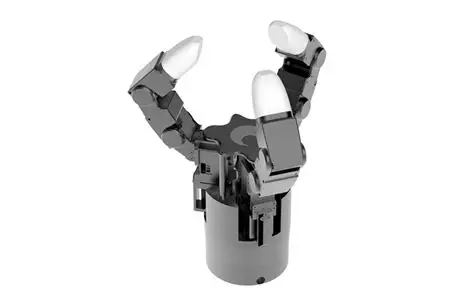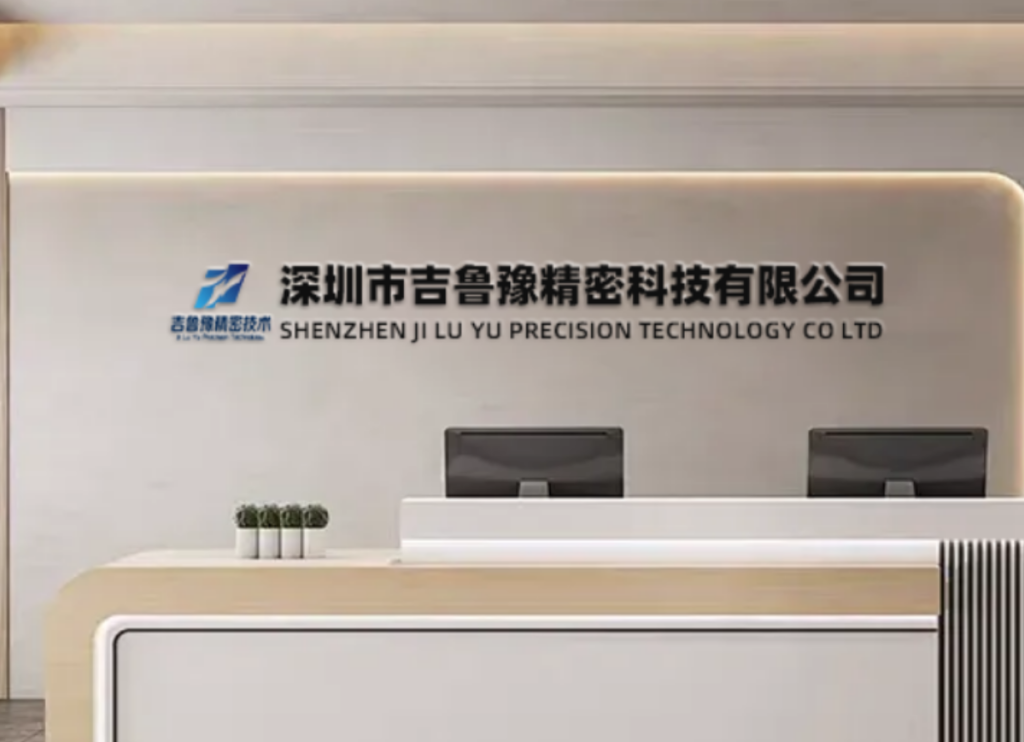Precision Force Measurement: Advanced Robot Force Torque Sensor Manufacturing Through CNC Technology
The evolution of robotic systems has created unprecedented demands for sophisticated sensing capabilities that enable machines to interact intelligently with their environment. At the forefront of this sensory revolution, robot force torque sensor technology serves as the critical interface between robotic systems and their operational environment, providing essential feedback for force-controlled applications. At JLYPT CNC Machining, we have established ourselves as specialists in manufacturing precision components for robot force torque sensor systems, combining advanced CNC technologies with deep metrological expertise to produce sensor elements that meet the exacting requirements of modern robotic applications.
This comprehensive technical analysis explores the engineering principles, manufacturing methodologies, and quality assurance protocols that define world-class robot force torque sensor component production. We examine how strategic implementation of multi-axis CNC machining, specialized metrology processes, and rigorous validation protocols enables the creation of sensor components that deliver exceptional accuracy and reliability in demanding robotic applications across manufacturing, aerospace, medical, and research sectors.
Fundamental Principles of Robot Force Torque Sensing
Robot force torque sensor systems represent sophisticated measurement devices that detect and quantify forces and torques applied to robotic end-effectors. These sensors typically employ strain gauge technology arranged in Wheatstone bridge configurations to measure minute deformations in precisely engineered elastic elements.
Strain Gauge Configuration and Bridge Theory
The measurement accuracy of robot force torque sensor systems depends on precise strain gauge application and electrical configuration:
-
Wheatstone Bridge Configuration: Full-bridge arrangements with four active strain gauges provide optimal sensitivity and temperature compensation, with typical excitation voltages of 5-10 VDC and output signals in the 1-3 mV/V range
-
Gauge Factor Optimization: Strategic selection of strain gauge foil alloys with gauge factors typically ranging from 2.0 to 2.1 for constantan alloys, providing optimal balance between sensitivity and temperature stability
-
Bridge Completion Networks: Precision resistor networks with tolerance of 0.01% and temperature coefficients of ±5 ppm/°C to complete Wheatstone bridge circuits and ensure measurement stability
-
Signal Conditioning Electronics: Integrated amplification and filtering circuits with typical gains of 100-1000 and bandwidths of 1-5 kHz, depending on application requirements
Elastic Element Design Considerations
The performance of robot force torque sensor systems hinges on precisely engineered elastic elements:
-
Stress Concentration Management: Strategic design of fillet radii and section transitions to maintain stress levels below material yield points while maximizing strain gauge output signals
-
Cross-Talk Minimization: Decoupled mechanical design achieving cross-talk values typically below 1-2% of full-scale output through strategic placement of strain-sensitive regions
-
Natural Frequency Optimization: Structural design ensuring first natural frequencies typically exceeding 500 Hz to prevent interference with robotic motion control bandwidths
-
Temperature Compensation: Material selection and mechanical design providing thermal stability with typical temperature coefficients of zero shift below 0.05% FS/°C and span shift below 0.1% FS/°C
Advanced Manufacturing Technologies for Force Torque Sensors
The production of high-accuracy robot force torque sensor components requires specialized manufacturing approaches and equipment capabilities:
Multi-Axis CNC Machining Capabilities
Modern CNC technologies provide the foundation for precision sensor component manufacturing:
-
5-Axis Simultaneous Machining: Complex contouring of elastic element geometries with continuous toolpath control while maintaining critical relationships to mounting interfaces and strain gauge locations
-
Micro-Milling Operations: Precision machining of delicate features using tools as small as 0.1 mm diameter with spindle speeds exceeding 40,000 RPM and feed rates optimized for specific materials
-
High-Speed Machining: Advanced spindle technology with balanced toolholders and optimized cutting parameters for superior surface finishes in critical strain measurement regions
-
Turn-Mill Integration: Combined turning and milling operations for complex rotational sensor components with precise mounting features and electrical connection paths
Specialized Machining Processes for Sensor Components
Critical sensor elements require highly specialized manufacturing approaches:
-
Thin-Wall Machining: Precision processing of delicate elastic sections with wall thicknesses down to 0.3 mm while maintaining dimensional stability and surface integrity
-
Stress-Relief Machining: Strategic sequencing of machining operations with intermediate stress relief cycles to minimize residual stresses that could affect sensor zero stability
-
Non-Distortion Clamping: Specialized workholding techniques using low-stress vacuum chucks, magnetic workholding with field control, and custom soft-jaws to prevent component distortion during machining
-
Cryogenic Machining: Application of liquid nitrogen cooling during machining of temperature-sensitive materials to maintain dimensional stability and prevent thermal-induced stresses
Technical Specifications for Robot Force Torque Sensors
The table below outlines critical technical specifications for various robot force torque sensor applications across different robot configurations and industries:
| Application Type | Force Range | Torque Range | Accuracy | Natural Frequency | Overload Capacity |
|---|---|---|---|---|---|
| Collaborative Robots | 50-500 N | 5-50 Nm | 0.5-1% FS | 500-800 Hz | 200-300% FS |
| Industrial Assembly | 100-2000 N | 10-200 Nm | 0.2-0.5% FS | 800-1200 Hz | 300-500% FS |
| Aerospace Drilling | 500-5000 N | 50-500 Nm | 0.1-0.2% FS | 1000-1500 Hz | 500-800% FS |
| Medical Robotics | 10-100 N | 1-10 Nm | 0.5-1% FS | 400-600 Hz | 150-200% FS |
| Research Applications | 1-100 N | 0.1-10 Nm | 0.05-0.1% FS | 600-1000 Hz | 100-150% FS |
Material Selection for Force Torque Sensor Components
The performance and stability of robot force torque sensor systems are profoundly influenced by appropriate material selection and thermal processing:
Aluminum Alloys for General Applications
-
7075-T7351: High-strength aluminum alloy with excellent strength-to-weight ratio and good fatigue resistance, typically used for high-performance sensor applications
-
6061-T651: General-purpose aluminum alloy with good machinability and stability, suitable for standard industrial sensor applications
-
2024-T351: Aluminum alloy with excellent fatigue resistance and strength, commonly used in aerospace sensor applications
Stainless Steel Alloys for Demanding Applications
-
17-4PH (H1150): Precipitation hardening stainless steel offering excellent strength, corrosion resistance, and stability with typical yield strength of 1000 MPa
-
15-5PH (H1150): Similar to 17-4PH with improved transverse toughness and more consistent mechanical properties
-
AISI 304/304L: Austenitic stainless steel providing excellent corrosion resistance with moderate strength, suitable for medical and food processing applications
-
AISI 630: Martensitic precipitation hardening stainless steel offering high strength and good corrosion resistance
Titanium Alloys for Specialized Applications
-
Ti-6Al-4V (Grade 5): Excellent strength-to-weight ratio and corrosion resistance with good fatigue performance, used in aerospace and high-performance applications
-
Ti-6Al-4V ELI (Grade 23): Extra low interstitial version with improved fracture toughness, used in medical and critical aerospace applications
Heat Treatment and Stabilization Processes
The strategic application of heat treatment and stabilization processes significantly improves robot force torque sensor performance and long-term stability:
-
Solution Treatment and Aging: For precipitation hardening alloys like 17-4PH and 15-5PH to achieve optimal combination of strength, toughness, and stability
-
Stress Relief Annealing: Low-temperature thermal processing typically at 500-600°C for aluminum alloys and 650-750°C for steel alloys to relieve machining-induced residual stresses
-
Cryogenic Treatment: Deep freezing to temperatures of -80°C to -196°C to transform retained austenite and stabilize dimensional characteristics
-
Precipitation Stabilization: Extended low-temperature aging to complete precipitation reactions and ensure long-term dimensional stability
-
Thermal Cycling: Repeated cycling between temperature extremes to accelerate natural aging processes and identify potential instability issues
Comprehensive Case Studies: Robot Force Torque Sensor Applications
Case Study 1: Aerospace Robotic Drilling Force Control System
-
Challenge: An aerospace manufacturer required high-precision force torque sensors for robotic drilling systems used in aircraft assembly. The application demanded exceptional accuracy (0.1% FS), high overload capacity (500% FS), and reliable operation in industrial environments with significant electromagnetic interference.
-
Technical Solution: We manufactured sensor elastic elements from 17-4PH H1150 stainless steel with precision machining of thin-walled sensing elements. The design incorporated advanced cross-talk decoupling with measured cross-talk below 0.8% FS.
-
Manufacturing Approach: The sensor components underwent multi-stage machining with intermediate stress relief cycles. Critical sensing elements were finished using micro-milling with specialized tooling to achieve surface finishes better than Ra 0.4 μm. Final components underwent thermal cycling and stabilization to ensure long-term zero stability.
-
Results: The delivered force torque sensors demonstrated accuracy of 0.08% FS with overload capacity exceeding 600% FS. The sensors maintained stable operation in electromagnetic fields up to 30 V/m, enabling precise force control in aircraft assembly applications with drill force accuracy within ±2 N.
Case Study 2: Medical Robot Surgical Force Feedback System
-
Challenge: A medical device company needed miniature force torque sensors for a minimally invasive surgical robot. The sensors required biocompatible materials, exceptional resolution (0.01 N), and the ability to withstand repeated sterilization processes including autoclaving and chemical exposure.
-
Technical Solution: We engineered the sensor components from Ti-6Al-4V ELI titanium alloy with precision machining of micro-scale sensing elements. The design incorporated full Wheatstone bridge configurations with temperature compensation achieving thermal errors below 0.02% FS/°C.
-
Manufacturing Approach: The sensors were manufactured using 5-axis micro-machining with specialized tooling for delicate features. Each sensing element underwent individual characterization and matching to ensure bridge balance. The complete sensors were packaged using laser welding in inert atmosphere to ensure biocompatibility and sterilization capability.
-
Results: The medical-grade force torque sensors achieved force resolution of 0.008 N with accuracy of 0.5% FS. The components withstood over 300 autoclave cycles without degradation in performance, receiving regulatory approval for surgical use and enabling haptic feedback in minimally invasive procedures.
Case Study 3: Industrial Collaborative Robot Force Limiting System
-
Challenge: An industrial automation provider required robust force torque sensors for collaborative robot applications. The sensors needed high overload capacity (300% FS), excellent durability (10+ million cycles), and compliance with safety standards for human-robot collaboration.
-
Technical Solution: We developed sensor elements from 7075-T7351 aluminum alloy with optimized elastic design for high cycle fatigue life. The design incorporated mechanical stops and overload protection features while maintaining measurement accuracy across the specified force range.
-
Manufacturing Approach: The sensor components were manufactured using high-speed machining with strategic toolpath planning to minimize residual stresses. Critical sensing regions underwent precision grinding and polishing to achieve optimal surface characteristics for strain gauge bonding. Final assemblies underwent accelerated life testing with 15 million force cycles to validate durability.
-
Results: The force torque sensors demonstrated fatigue life exceeding 12 million cycles at full-scale load with accuracy maintained within 0.8% FS. The sensors enabled effective force limiting in collaborative applications, ensuring compliance with safety standards while providing precise force feedback for assembly operations.
Quality Assurance and Metrology for Force Torque Sensors
The verification of robot force torque sensor quality requires sophisticated metrology approaches and rigorous calibration protocols:
-
Dimensional Metrology: Comprehensive evaluation of critical features using coordinate measuring machines with measurement uncertainty better than 1 μm and form measurement capability to 0.1 μm
-
Surface Metrology: Precise measurement of surface finish, waviness, and lay pattern using contact and non-contact profilometry with resolution to 0.01 μm
-
Material Verification: Confirmation of material properties including hardness, microstructure, and chemical composition using standardized testing methods
-
Strain Gauge Application Verification: Inspection of gauge alignment, adhesive coverage, and electrical integrity using microscopic examination and electrical testing
-
Calibration and Performance Validation: Comprehensive calibration against traceable standards using deadweight testers, torque calibration machines, and six-axis calibration systems with measurement uncertainty ratios better than 4:1
Future Trends in Robot Force Torque Sensor Technology
The field of robot force torque sensor technology continues to evolve with emerging materials, manufacturing methods, and sensing approaches:
-
Additive Manufacturing Integration: Hybrid manufacturing approaches combining 3D printing of complex sensor structures with precision machining of critical sensing surfaces for optimized performance and miniaturization
-
Advanced Material Applications: Implementation of high-performance composites, engineered ceramics, and smart materials with tailored properties for specific sensing applications
-
Integrated Sensing Systems: Combination of force torque sensing with other sensing modalities including temperature, proximity, and vision for comprehensive environmental awareness
-
Wireless and Energy Harvesting: Development of self-powered sensor systems using energy harvesting technologies and wireless data transmission for simplified integration and maintenance
-
Digital Twin Integration: Comprehensive virtual modeling of sensor systems that simulates performance under actual operating conditions for predictive maintenance and optimization
Conclusion: Precision Sensing for Advanced Robotics
The design and manufacture of high-performance robot force torque sensor systems represents a specialized domain where mechanical engineering, materials science, electronics, and precision manufacturing converge. Success in this demanding field requires comprehensive expertise in sensor design, manufacturing processes, electronics integration, and calibration, combined with deep understanding of the unique requirements of robotic applications.
At JLYPT CNC Machining, our specialized approach to robot force torque sensor component manufacturing combines state-of-the-art equipment, advanced engineering capabilities, and rigorous quality systems to produce sensor elements that meet the extraordinary demands of modern robotics. Whether supporting collaborative robots, industrial automation, aerospace applications, or medical devices, our capabilities and commitment to excellence ensure that our customers receive optimal solutions for their most challenging force measurement requirements.
Ready to enhance your robotic systems with precision force torque sensing? Contact JLYPT CNC Machining today to discover how our expertise in robot force torque sensor manufacturing can help you achieve your performance, reliability, and safety goals. Visit our CNC Machining Services page to learn more about our comprehensive capabilities and request your instant quote.
